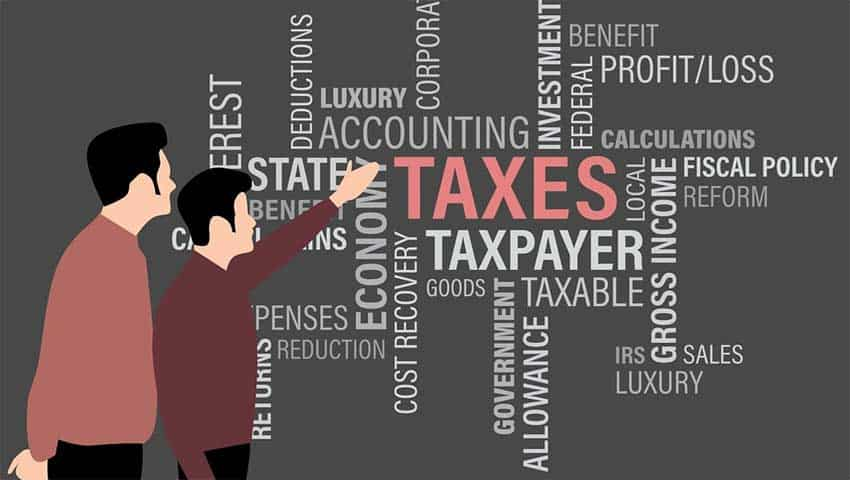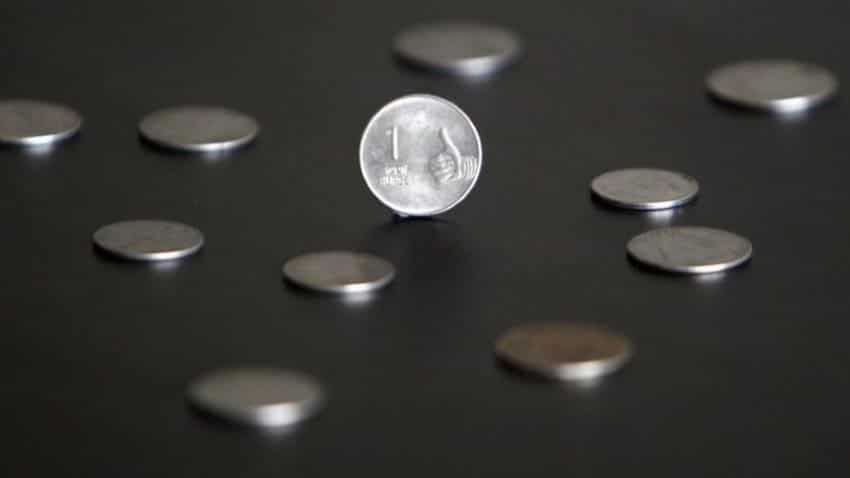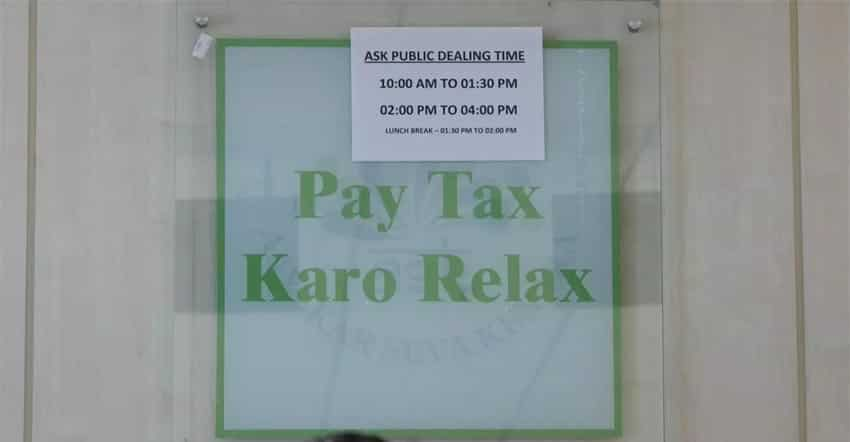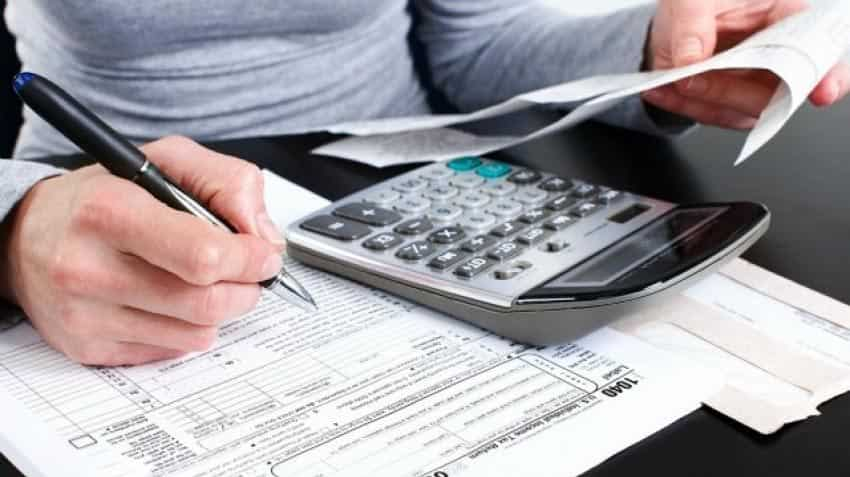Income Tax Return for salaried employees: From Standard deduction on salary to House Rent allowance, your problems solved
Income Tax Return: Many changes were introduced in the taxation system in Union Budget 2018-19. There were new rules regarding Standard Deduction of Rs 40,000 in lieu of medical reimbursement and transport allowance. While this has put more money into the hands of taxpayers, it has also created confusion. Not only this, many people have confusion with regards to the House Rent Allowances. Here are answers of five such problems:
Income Tax Return: Standard deduction

Q. Mr. X having Gross Salary of Rs 7,00,000 during the previous year 2018-19. Compute the standard deduction allowable to him?
Ans: Standard deduction is allowable to the extent of: a) Rs 40,000 or b) Amount of Salary, whichever is lower. In this case, standard deduction of Rs 40,000 is allowable to Mr. X. (Pixabay image)
Income Tax Return: Relief under Section 89

Q. When relief under section 89 of the Income Tax Act is available?
Ans: Relief under section 89 is available to an individual if he has received: a) Salary or family pension in arrears or in advance [Rule 21A (2)] b) Gratuity in excess of exemption under section 10(10)(ii)/(iii) [Rule 21A(3)] c) Compensation on termination of employment [Rule 21A(4)] d) Commuted pension in excess of exemption under section 10(10A)(i) [ Rule 21A(5)].
In case of payment received other than above CBDT can allow relief under section 89 after examining each individual case. [Rule 21A (6)]. (Reuters)
Income Tax Return: Applicability of Standard Deduction

Q. Is standard deduction applicable to all the salaried person whether he is an employee of Central or State Government?
Ans: As per Finance Act, 2018, new section 16(ia) has been inserted where the standard deduction is allowed while computing income chargeable under the head salaries. It is available to all class of employees irrespective of the nature of employer. Standard Deduction is also available to pensioners. Amount of Standard Deduction is Rs. 40,000 or amount of salary/pension, whichever is lower. (Reuters)
Income Tax Return: HRA Exemption

Q. Where is House Rent allowance (HRA) to be reflected while filing income-tax return (ITR)?
Ans: If ITR-1 (Sahaj) or ITR-4 (Sugam) is applicable, exemption of HRA needs not to be reflect in income part. a) Salary (excluding all allowances, perquisites and profit in lieu of salary exempt from tax) required to be disclosed in the sheet of Income details. b) Allowances not exempt required to be disclosed in the sheet of Income details. * HRA exemption required to be shown in the column of Exempt income only for reporting purpose in others select section 10(13A)- House rent allowance from drop down. * If ITR-2 or ITR-3 is applicable, exemption of HRA needs not to be reflect in income part. a) Salary (excluding all allowances, perquisites and profit in lieu of salary exempt from tax) required to be disclosed in Salary sheet in ITR-2 and Schedule-S in ITR-3. b) Allowances not exempt required to be disclosed in Salary sheet in ITR-2 and Schedule-S in ITR-3.
HRA exemption required to be shown in the column of Allowances to meet expenditure incurred on house rent [ section 10(13A))] under the heading Allowances exempt under section 10. If tax payer is eligible for claiming exemption of HRA, but his employer not allowed such exemption, then he can claim the exemption at the time of filing his return of income. (Pixabay image)
Income Tax Return: Enhancement of limit of gratuity

Q. What is the effective date of enhancement of limit of gratuity from Rs 10 lakh to 20 lakh for purpose of tax exemption computation under section 10(10)(ii)?
The exemption limit under section 10(10)(ii) for the employees, who are covered under Payment of Gratuity Act, 1972, has been enhanced from Rs. 10,00,000 to Rs. 20,00,000 vide notification S.O.1420 (E) dated 29 March 2018 notified by Ministry of Labour and Employment. The exemption under section 10(10)(iii) for the employees, who are not covered under the Payment of Gratuity Act, 1972, is Rs. 10,00,000 as no notification has been issued so far to enhance this limit. (Reuters)



